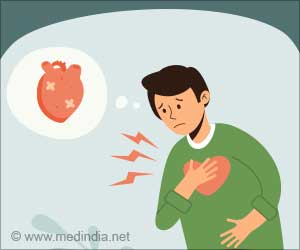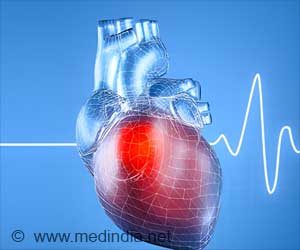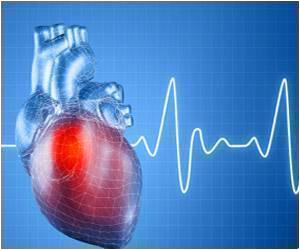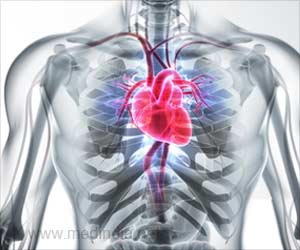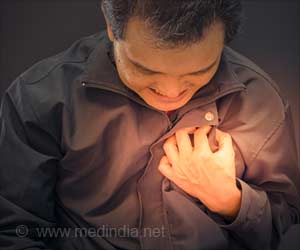
‘The best cooling method for an athlete who experiences heat stroke is to immerse him or her in a tub of cold water.’
Tweet it Now
The expert panel's report was published in the journal Prehospital Emergency Care."In the case of heat stroke, the definitive care is cooling, which may best be performed immediately onsite before transport," said Jolie C. Holschen, MD, FACEP, a Loyola Medicine emergency medicine physician and co-author of the expert panel's consensus statement.
First author of the statement is Luke Beval, MS, of the Korey Stringer Institute at the University of Connecticut.
Exertional heat stroke is one of the most common causes of death in athletes. Although it can happen in cooler temperatures, it typically occurs in warm weather during events such as marathons and preseason football practices.
The athlete shows central nervous system disturbances such as confusion, irritability or irrational behavior, which may culminate in a collapse or loss of consciousness. There is a common misconception that the athlete will have stopped sweating, have hot skin or be unconscious, but none of these symptoms are required for heat stroke.
Advertisement
The institute is named after a Minnesota Viking football player who died from heat stroke during a sweltering training camp.
Advertisement
The best cooling method is to immerse the athlete in a tub of cold water. If a tub isn't available, a tarp, shaped like a taco and filled with cold water, could be tried. (This is known as tarp-assisted cooling).
Less effective cooling methods include cold-water dousing, cold showers, fans and icepacks.
"Transportation of an exertional heat stroke patient should occur only if it is impossible to cool adequately onsite or after adequate cooling has been verified by a body temperature assessment," the expert panel wrote. If a patient cannot be cooled onsite, paramedics should try the most aggressive cooling methods possible in the ambulance, such as continuously applying cold wet towels.
The panel's paper is titled "Consensus Statement - Prehospital Care of Exertional Heat Stroke." The goal of the consensus statement is to raise awareness of the need to implement the most rapid method of cooling, and to do so immediately in the field when resources are available, Dr. Holschen said.
"When doctors serve in sporting events as medical directors and team physicians, they must be prepared to cool onsite," Dr. Holschen said. "We also want to give emergency medical services the leeway to cool the patient before transport, when superior cooling methods are available. EMS directors should build this into their protocols and standard operating procedures."
Dr. Holschen is an associate professor in the department of emergency medicine of Loyola University Chicago Stritch School of medicine. She is a fellow of the American College of Emergency Physicians and is board certified in emergency medicine and in the sports medicine subspecialty of emergency medicine.
Source-Eurekalert











